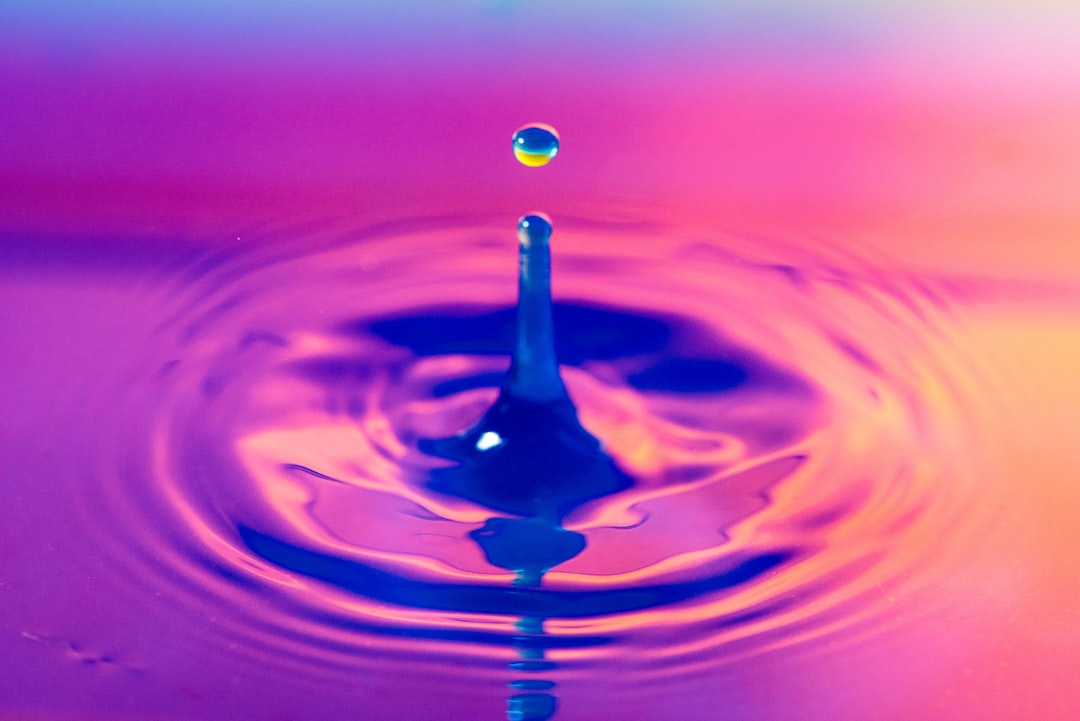The three absolute pillars of any thriving hydroponic system are: the Nutrient Solution, the right Light, and the quality and condition of the Water itself. Let's break down why each is critical and what you need to know.
1. The Lifeblood: Nutrient Solutions
In traditional gardening, soil holds the essential minerals plants need. In hydroponics, we deliver these minerals directly via a precisely mixed nutrient solution. Getting this right is paramount.
-
What's In It? Plants need a balanced diet. This includes:
- Macronutrients: Needed in larger amounts. Think Nitrogen (N) for leafy growth, Phosphorus (P) for roots and flowers, and Potassium (K) for overall plant health. Calcium (Ca), Magnesium (Mg), and Sulfur (S) are also key macros.
- Micronutrients: Needed in tiny amounts, but still vital. Examples include Iron (Fe), Manganese (Mn), Zinc (Zn), Copper (Cu), Boron (B), and Molybdenum (Mo).
- Buying vs. Mixing: You can buy pre-mixed hydroponic nutrient concentrates (often a two or three-part formula to prevent elements from reacting prematurely) designed for specific growth stages (grow, bloom). Or, more advanced growers might mix their own from individual salts. For beginners, pre-mixed solutions are highly recommended.
-
The pH Factor - Unlocking Nutrients: pH measures the acidity or alkalinity of your solution (on a scale of 0-14, with 7 being neutral). Why does it matter? Plants can only absorb nutrients efficiently within a specific pH range. If the pH is too high or too low, nutrients become "locked out," meaning they are present in the water but the plant can't take them up, leading to deficiencies.
- Ideal Range: For most hydroponic crops, the sweet spot is slightly acidic, typically between 5.5 and 6.5.
- Management: You'll need a pH testing method (digital meter recommended, strips are less accurate) and "pH Up" (alkaline) and "pH Down" (acidic) solutions to make adjustments. Test and adjust regularly!
-
Nutrient Strength (EC/TDS): How concentrated is your nutrient solution? Electrical Conductivity (EC) or Total Dissolved Solids (TDS) meters measure this. Too weak, and plants are starved; too strong, and you can burn the roots.
- Ideal Range: This varies greatly depending on the type of plant and its growth stage (seedlings need weaker solutions than mature fruiting plants). Nutrient packaging often provides target ranges.
- Management: Use an EC/TDS meter to check the strength when mixing and periodically afterwards, topping up with plain water or nutrient solution as needed.
2. Let There Be Light! (The Right Kind)
Plants need light for photosynthesis – the process of converting light energy into chemical energy (food). Without adequate light, your plants won't thrive, no matter how perfect your nutrient solution is.
- Natural vs. Artificial: If you have a very sunny spot (like a greenhouse or south-facing window in summer), natural light might suffice for some plants. However, for consistent, year-round growth, especially indoors, artificial grow lights are usually necessary.
- Grow Lights - Key Considerations:
- Type: LEDs are currently the most popular choice due to their energy efficiency, low heat output, and customizable light spectrums. Fluorescent lights (T5s) are good for seedlings and leafy greens. High-Intensity Discharge (HID) lights (like HPS and MH) are powerful but generate more heat and use more energy.
- Spectrum: Plants use different wavelengths of light. Blue light encourages vegetative growth (leaves), while red light promotes flowering and fruiting. "Full Spectrum" lights aim to provide a balance suitable for all growth stages.
- Intensity & Duration: Different plants need different amounts of light (intensity) for different lengths of time each day (duration, or photoperiod). Leafy greens might need 14-16 hours, while fruiting plants might need 12 hours during flowering. Use a timer to ensure consistency!
3. Water: More Than Just Wet
Water is the foundation, the carrier for the nutrients. But its own properties matter too.
- Starting Quality: Tap water can often be used, but be aware:
- Chlorine/Chloramine: Municipal water often contains disinfectants. Letting tap water sit out for 24 hours can help dissipate chlorine (but not always chloramine). Some growers use filters.
- Hardness/Minerals: Hard water contains dissolved minerals (like calcium and magnesium) which contribute to your overall nutrient load (EC/TDS) and can affect pH. You may need to adjust your nutrient formula accordingly.
- Alternatives: Using Reverse Osmosis (RO) or distilled water gives you a "blank slate" with virtually no dissolved solids or contaminants, offering more precise control.
- Temperature: Root health is sensitive to water temperature.
- Ideal Range: Generally, 18-22°C (65-72°F) is considered optimal.
- Problems: Water that's too cold can shock roots and slow growth. Water that's too warm holds less dissolved oxygen, stressing the roots and creating an environment where pathogens like root rot can thrive. Use aquarium heaters or chillers if needed in extreme environments.
- Oxygenation: Plant roots need oxygen to respire (breathe)! In soil, air pockets provide this. In hydroponics, especially systems where roots are submerged (like DWC), you must ensure adequate dissolved oxygen.
- Method: This is usually achieved by placing an air stone connected to an air pump in the nutrient reservoir, constantly bubbling air (and thus oxygen) into the water. Systems like NFT or Ebb & Flow naturally incorporate oxygen as water flows or drains.
Balancing the Act
Success in hydroponics comes down to achieving and maintaining a balance between these three elements. It might seem like a lot to monitor, but with the right tools (pH meter, EC/TDS meter, timer) and a bit of learning, it becomes a manageable routine. Mastering these basics empowers you to create the perfect environment for your plants to flourish, free from the limitations of soil.

Comments
No comments yet. Be the first to comment!
You must be logged in to comment. Login